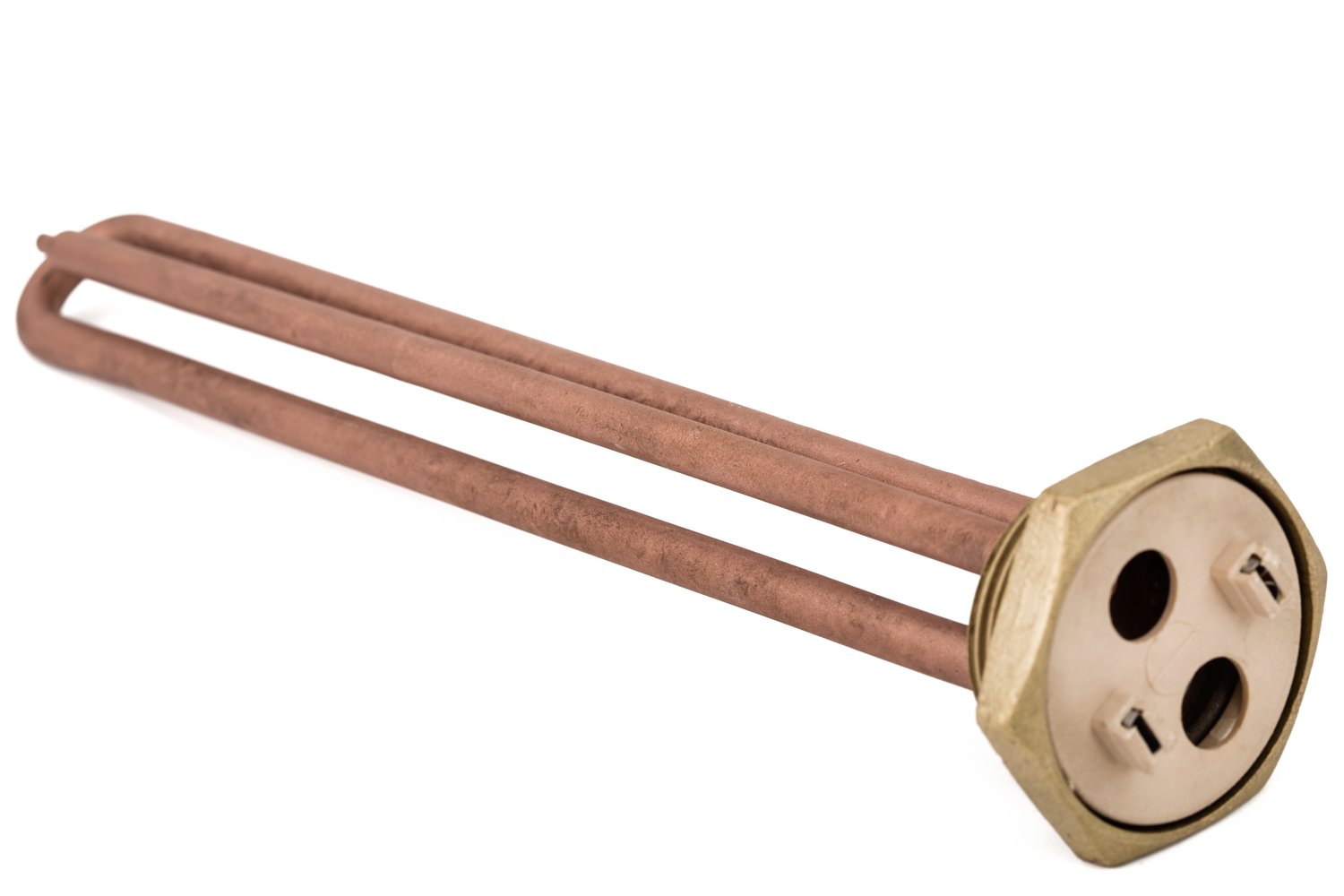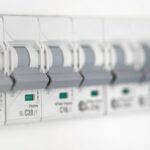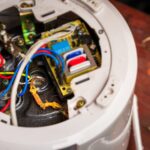When was the last time you checked the anode rod in your water heater? This often-overlooked component plays a vital role in preventing rust and corrosion, significantly extending the life of your appliance. By replacing the anode rod regularly, you can ensure your water heater remains in top working condition, saving you from costly repairs or replacements in the future.
- Learn why the anode rod is essential in safeguarding your water heater against rust and corrosion, ensuring its longevity.
- Discover the tell-tale signs that indicate it’s time to replace the anode rod, such as rusty water and strange noises.
- Find out how to safely and effectively replace the anode rod with step-by-step instructions, including necessary tools and precautions.
- Explore the different types of anode rods available and learn how to choose the right one for your specific water heater model.
By the end of this article, you’ll have the essential knowledge to maintain your water heater with confidence, taking proactive steps to prevent damage and enhance performance. Dive into these practical insights to ensure your water heater stays in perfect shape for years to come.
Why Regular Water Heater Anode Rod Replacement Matters
The significance of the anode rod in your water heater cannot be overstated. This essential component acts as a defense mechanism, protecting the inner walls of your water heater tank from rust and corrosion. Over time, anode rods naturally wear down as they sacrifice themselves to safeguard the tank, which makes regular replacement a crucial step in maintaining your water heater’s efficiency.
By routinely replacing the anode rod, you ensure that your water heater is shielded from the detrimental effects of rust and corrosion for a prolonged period. This practice not only extends the lifespan of your appliance but also prevents costly repairs or replacements in the future. Indeed, regular maintenance is key to unlocking longevity and reliability in your water heating system.
Signs It’s Time for a Water Heater Anode Rod Replacement
Recognizing when to replace your water heater’s anode rod is essential for maintaining optimal performance. One telltale sign is the appearance of rusty water. This indicates that the anode rod is no longer functioning effectively and the tank’s metal parts are beginning to corrode.
Unpleasant odors coming from your water, resembling the smell of rotten eggs, are another clue that the rod might be compromised. This is usually a result of a depleted anode rod allowing bacteria to flourish in the tank. Additionally, unusual noises, such as rumbling or knocking from the heater, often hint at sediment build-up which may be preventing the rod from doing its job properly.
Pay close attention to these symptoms. Identifying them early and replacing the anode rod when necessary helps ensure the water heater remains efficient and reliable.
Steps to Safely Perform a Water Heater Anode Rod Replacement
Replacing the anode rod in your water heater is a crucial maintenance task that helps prevent rust and corrosion. Here’s a step-by-step guide to ensure you perform this replacement safely and effectively.
Gather Necessary Tools and Equipment: Before you begin, make sure you have the necessary tools at hand. These typically include a socket wrench, pipe sealant, Teflon tape, a garden hose, and a new anode rod of the correct type and size.
Turn Off the Water Heater: Safety first! Make sure to turn off the power supply to your water heater. For electric heaters, switch off the circuit breaker. For gas heaters, set the thermostat to “pilot” or shut off the gas valve entirely.
Drain Some Water: Attach a garden hose to the drain valve on your water heater. Open the valve to drain a few gallons of water. This step reduces pressure inside the tank and makes it safer to remove the anode rod.
Locate and Remove the Anode Rod: The anode rod is usually located at the top of your water heater. Use a socket wrench to unscrew and remove the old anode rod. Be careful, as it might be corroded and require some effort to dislodge.
Install the New Anode Rod: Apply Teflon tape or pipe sealant to the threads of the new anode rod. This ensures a tight and leak-free fit. Carefully screw it into place using the socket wrench.
Restore the Water Heater to Operation: Turn the water supply back on and check for leaks around the new anode rod. Once satisfied, restore the power or gas supply to your water heater. Ensure the thermostat is set to the desired temperature.
By following these steps, you’ll not only protect your water heater from damage but also extend its operational lifespan.
Choosing the Right Anode Rod for Your Water Heater
Not all anode rods are created equal, and choosing the right type is essential for optimal protection of your water heater. Understanding the differences can help you make an informed choice.
Types of Anode Rods: The most common types of anode rods include magnesium, aluminum, and zinc. Magnesium anode rods are highly effective in soft water conditions. Aluminum rods are best suited for areas with hard water, while zinc rods are beneficial in combating sulfur-reducing bacteria that cause smelly water.
Consider the Environment: Your water quality and environmental conditions significantly affect anode rod performance. If you have frequent issues with ‘rotten egg’ odors, a zinc rod might be advisable. Conversely, if your locality has very soft water, a magnesium rod could be more suitable.
Consult Your Water Heater Manual: Always refer to your water heater’s manual or manufacturer’s recommendations before purchasing a new anode rod. Ensuring compatibility with your specific model is critical for effective maintenance and protection.
By selecting the appropriate anode rod, you enhance your water heater’s efficiency, prevent premature tank wear, and ultimately save on potential repair costs in the future.
Frequently Asked Questions on Water Heater Anode Rod Replacement
What is an anode rod?
An anode rod is a metal rod in your water heater that attracts corrosive elements, protecting the tank from rust.
How often should the anode rod be replaced?
Typically, every 3 to 5 years, but it depends on water quality and usage.
Can I replace the anode rod myself?
Yes, with proper tools and precautions, you can replace it yourself. Be sure to follow safety guidelines.
What tools are needed for anode rod replacement?
You will need a socket wrench, a breaker bar, and a garden hose to drain the tank.
How do I choose the right anode rod?
Consider the type of water in your area. Magnesium rods are suitable for soft water, while aluminum/zinc rods work well in hard water areas.
What signs indicate anode rod failure?
Rusty water, unpleasant odors, and unusual noises from your heater are common signs.
Is it necessary to turn off the water heater before replacement?
Yes, always turn off the power and water supply to ensure safety before starting replacement.





